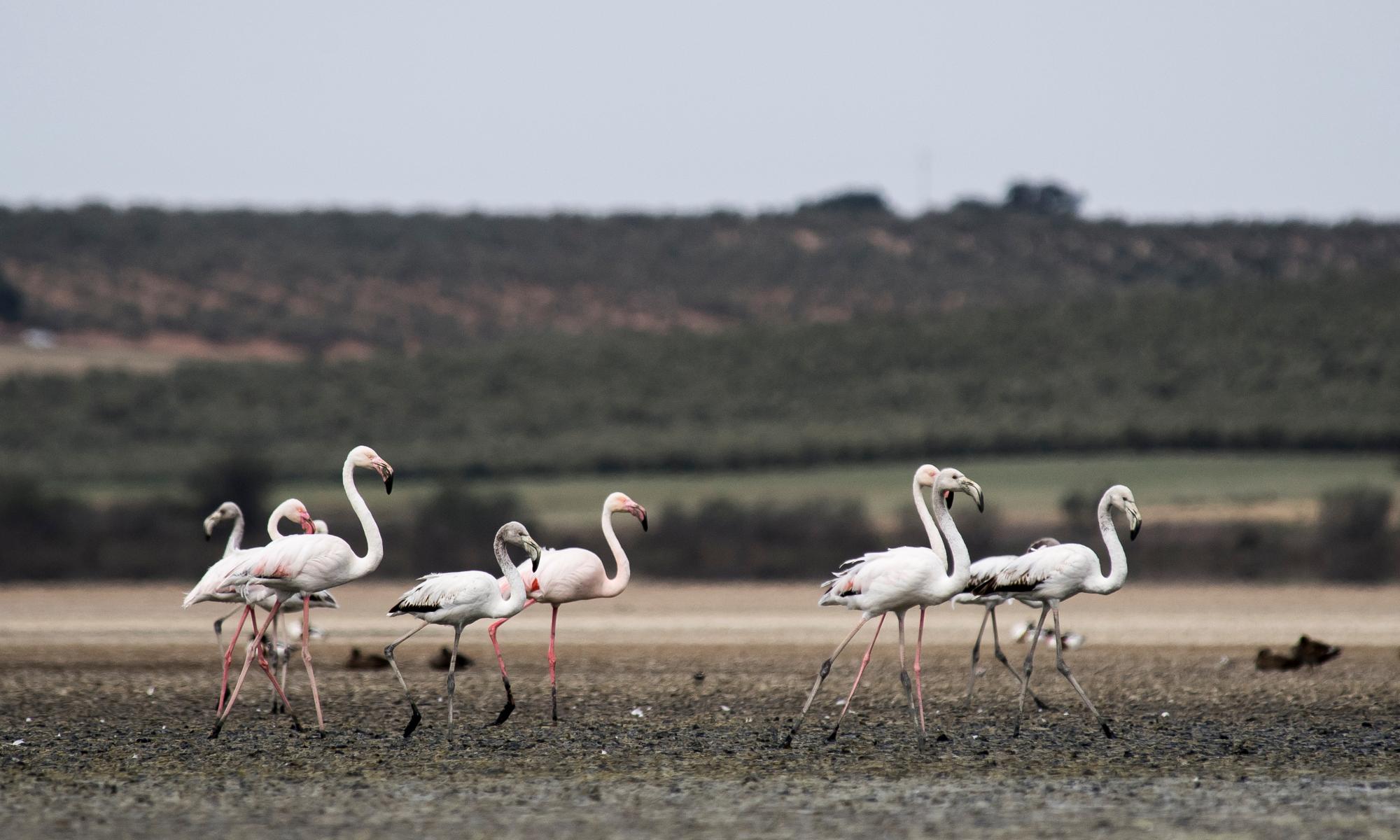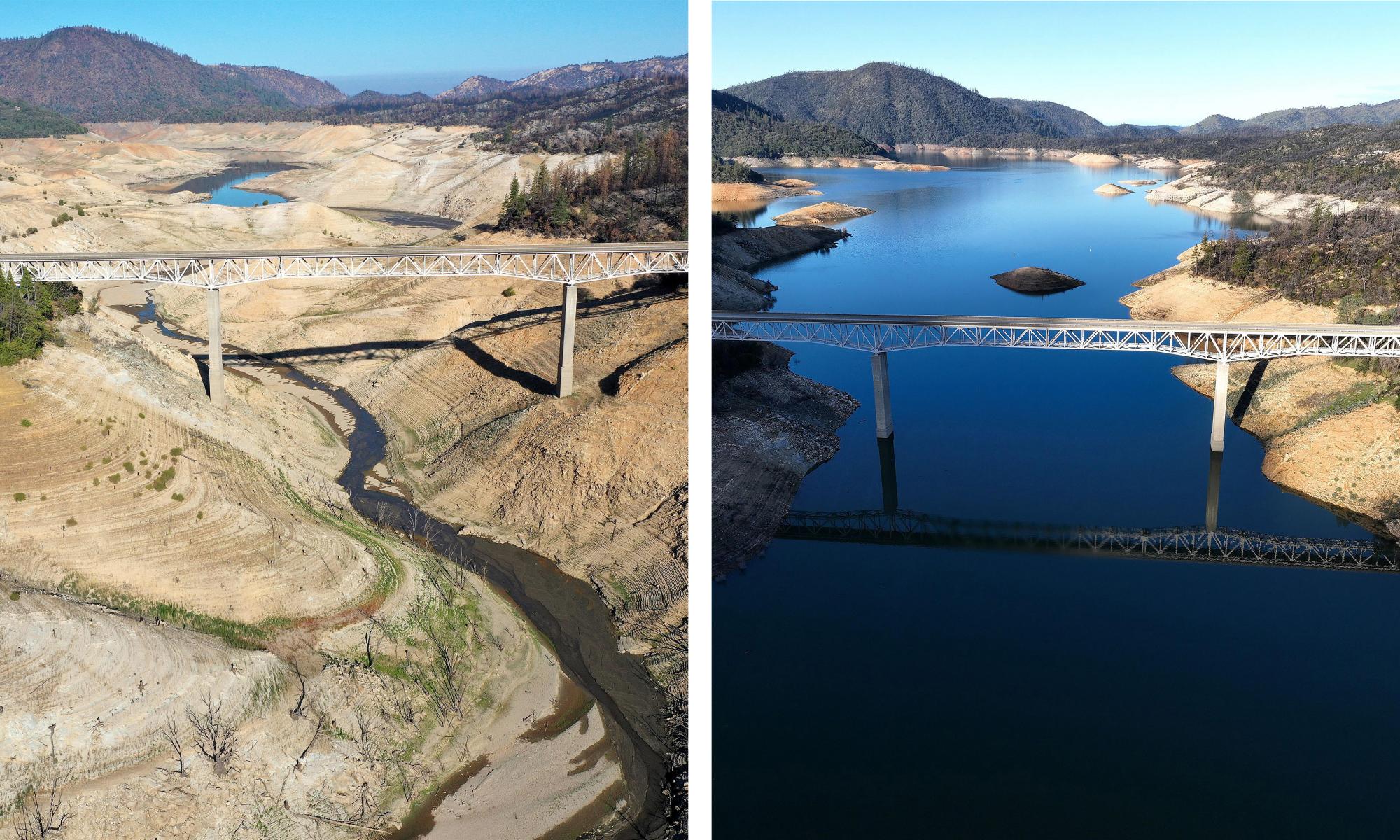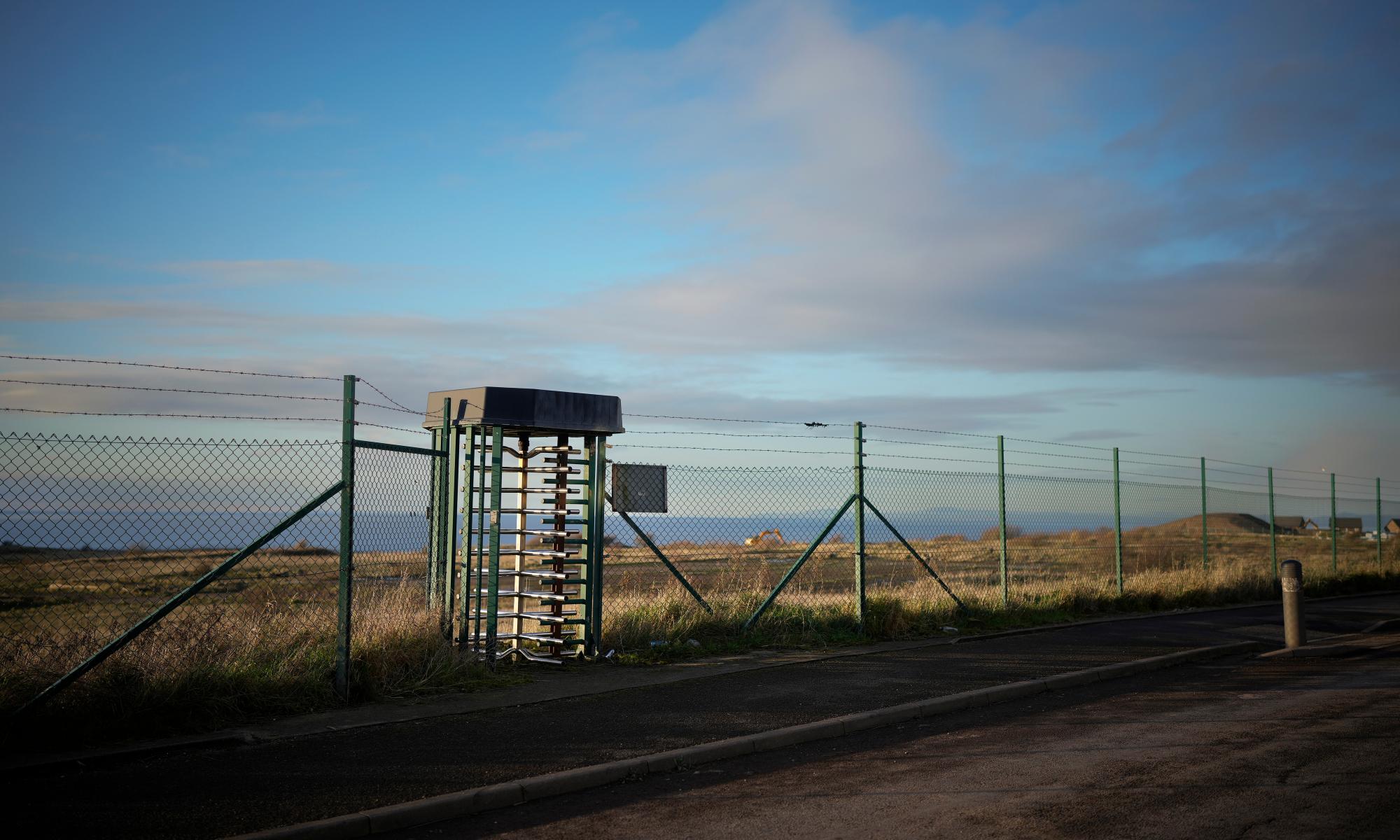Scotland’s transport secretary has said the climate crisis is presenting increasing challenges for rail safety, after three people died in a devastating derailment in Aberdeenshire following a night of thunderstorms and torrential rainfall.
Train driver Brett McCullough and conductor Donald Dinnie lost their lives along with a passenger when the 06:38 Aberdeen to Glasgow service came off the tracks and slid down an embankment at Carmont, just west of Stonehaven, on Wednesday.
British Transport Police, the Rail Accident Investigation Branch (RAIB) and inspectors from the Office of Rail and Road (ORR) – the independent regulator – were at the site and had begun their investigations into the cause of the derailment, which also injured six of a total 12 people aboard. The Scottish transport secretary, Michael Matheson, and the UK transport secretary, Grant Shapps, and the Network Rail chief executive, Andrew Haines, were also visiting the site of the crash on Thursday.
The Scottish fire and rescue service said four firefighters were injured while dealing with the “hazardous and difficult scene” of the crash.
The team from the RAIB are unlikely to start physical examination of the train on Thursday, as the victims are removed from the train wreckage, which includes a half-burnt carriage.
A key first point for investigators will be to check how fast the train was travelling, but sources said it was presumed to have been travelling at normal service speed before encountering its second, fatal obstruction.
North-east Scotland was badly affected by torrential rain on Tuesday night, and minutes after the derailment is believed to have taken place, Network Rail Scotland tweeted a video of flooding elsewhere in the region alongside warnings of a landslip at Carmont.
While the exact timeline has yet to be established, it is not thought that there was a long delay between the ScotRail train’s derailment and emergency services being alerted at 9.40am.
The train was running late after leaving Aberdeen and would have spent a long time in manoeuvres after coming across an initial obstacle – yet unconfirmed whether flooding or a landslip, or both – on the line near Stonehaven. The driver requested permission from signallers to use the adjacent track, and walked through the train to the rear locomotive to head back north.
After switching tracks at the first possible point, around 2 miles north, the train was again proceeding southbound to Glasgow on the alternative track and had passed the point of the first blockage when it derailed. The crash occurred in a rural area with poor mobile reception, but emergency services were alerted by a crew member who contacted signallers using Network Rail’s trackside fixed phone line.
Responding to reports that inspectors were warned about an increase in landslips in the weeks before the crash, Matheson told Good Morning Scotland that investigating authorities would look at conditions before the crash.
He said: “The rail network are experiencing increasing challenges across different parts of the routes, not just here in Scotland but across the UK, due to what is an increasing number of very intense localised weather events that have a significant impact on the infrastructure that they have within the rail network.”
Matheson mentioned a significant landslip on the West Highland line at Crianlarich earlier this month.
He also sought to reassure the public, adding: “These tragic events are very rare. It’s now some 13 years since someone was killed on the railway network in the UK because of an incident of this nature and safety standards over the last 20-30 years have increased significantly to make the railway network one of the safest in Europe.”
Network Rail said it would carry out supplementary inspections of dozens of sites with similar trackside slopes and risk profile to the Stonehaven line.
Network Rail was granted an extra £900m in its 2019-2024 budget period specifically to address the resilience of the railway infrastructure in the face of changing climate. A spokesman said: “Understanding what caused this tragedy is key to our programme of making the network more resilient to extreme weather events.”
An interim report is normally produced within a week outlining the main factors in a rail crash, although the full RAIB investigation into all underlying and contributory causes could take a year.
Ali Chegini, the director of system safety and health at the Rail Safety Standards Board, said changing weather was likely to see more landslips that posed a high risk of train accidents.
Chegini told the BBC Today programme: “We have seen an uptick in earth failures in the last couple of years and that is a tendency that is likely to continue as we get more and more frequent weather events. The ORR, the safety regulator, is aware that this is a high risk to train accident causation, as is Network Rail … It’s a risk they are acutely aware of.”
Chegini said that events such as the crumbling of the Whaley Bridge reservoir wall in Derbyshire last year, showed the increasing risk. “What is happening around us is that these structures built 150 years ago were not built for the sort of environment and conditions we are now putting them to.”


